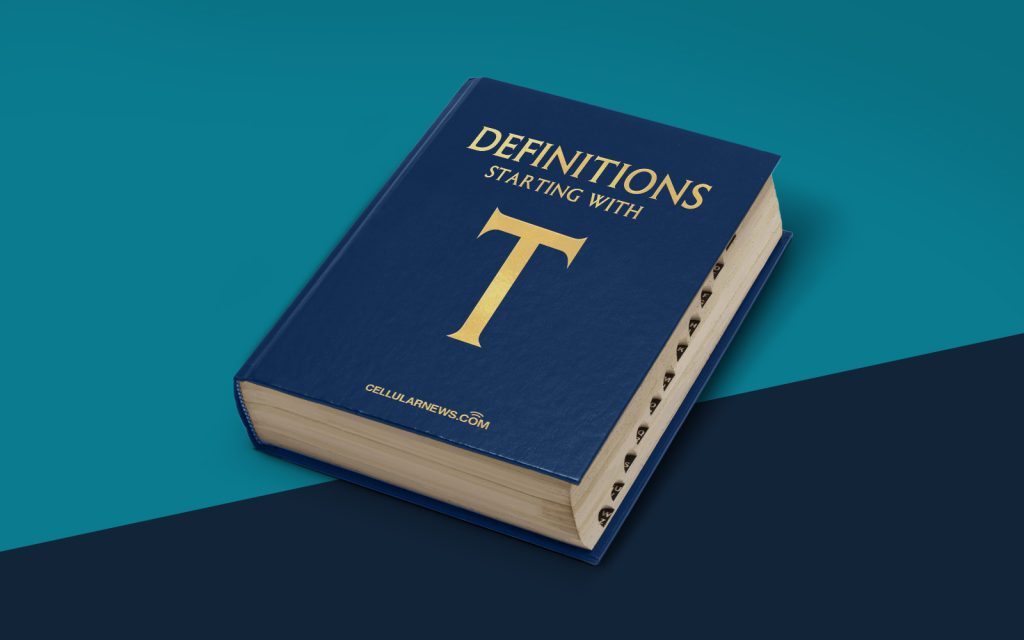
Understanding Total Cost of Ownership (TCO)
Have you ever wondered what the true cost of owning something is? Whether it’s a car, a house, or a business investment, there’s more to consider than just the initial price. This is where the concept of Total Cost of Ownership (TCO) comes into play. TCO is a financial estimate that takes into account all costs associated with owning and maintaining an asset over its entire lifecycle. It helps provide a comprehensive view of the financial implications of a purchase decision beyond the initial investment.
Key Takeaways
- TCO is a financial estimate that factors in all costs associated with owning and maintaining an asset over its lifecycle.
- It provides a comprehensive view of the financial implications of a purchase decision beyond the initial investment.
When considering the Total Cost of Ownership, it’s important to look beyond the sticker price and consider all the expenses associated with an asset. Let’s take a deeper dive into the key factors that contribute to TCO:
- Acquisition Costs: This includes the purchase price of the asset and any associated financing costs, such as interest payments or loan fees.
- Operating Costs: These are the day-to-day expenses incurred while using the asset. It includes costs like maintenance, repairs, fuel, and utilities.
- Depreciation: Assets lose value over time, and depreciation represents the decrease in an asset’s value. It’s important to factor in the rate of depreciation, as it can have a significant impact on the TCO.
- Training and Support: Depending on the asset, there may be additional costs associated with training employees or obtaining technical support, which should be considered in the TCO.
- Disposal Costs: When the asset reaches the end of its lifecycle, there may be costs involved in disposing of or replacing the asset. These costs can include recycling fees or the cost of purchasing a new asset.
- Opportunity Costs: TCO also considers the opportunity cost, which is the potential benefit that could have been gained if the funds were invested elsewhere instead of purchasing the asset. It’s essential to evaluate the potential return on investment of the asset compared to alternative investment opportunities.
By examining all these factors, we can better estimate the true cost of owning an asset over its entire lifecycle. This enables individuals and businesses to make more informed purchase decisions and avoid unexpected financial burdens down the road.
Understanding the Total Cost of Ownership is especially crucial for businesses when considering significant investments in equipment, technology, or infrastructure. By accurately assessing the TCO, businesses can evaluate the true financial impact on their bottom line and make strategic decisions that align with their long-term goals.
In Conclusion
Total Cost of Ownership (TCO) is a vital concept to understand when making purchase decisions. By considering all the costs associated with owning and maintaining an asset over its lifecycle, businesses and individuals can make informed decisions and avoid any unpleasant surprises. Remember, TCO extends beyond the initial investment and includes various factors such as acquisition costs, operating costs, depreciation, training and support, disposal costs, and opportunity costs. By evaluating these factors, you can make smarter financial choices and achieve long-term success.
